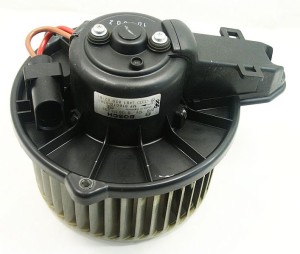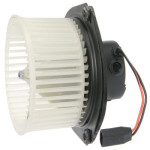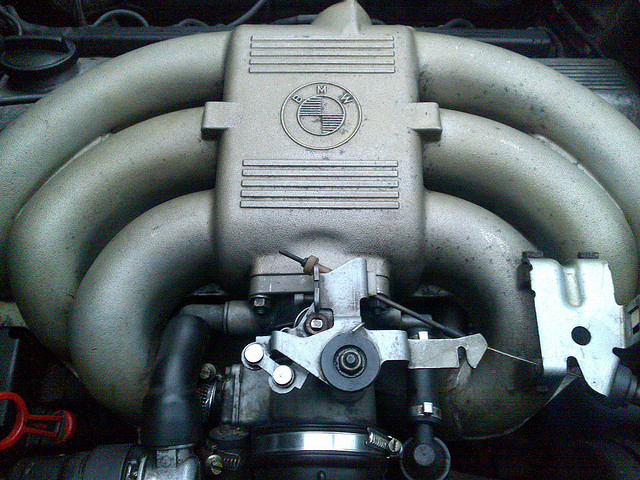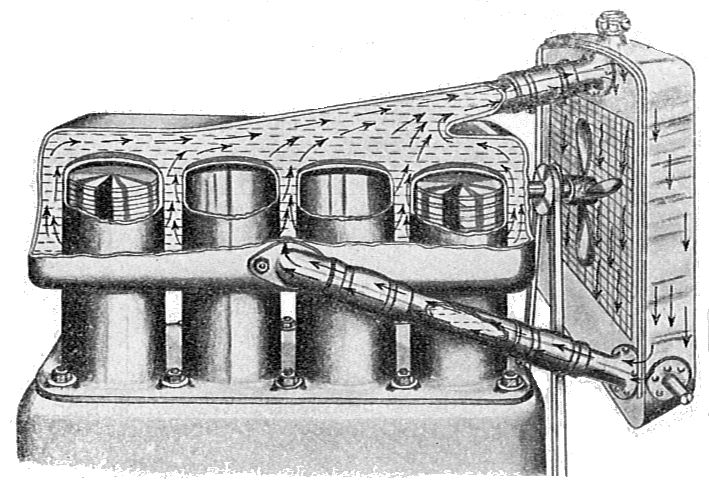What is a Blower Motor?
At the heart of most automotive HVAC systems is a component called a blower motor. This descriptive term refers to the fact that these components are electric motors that are attached to fans and used to move air through the HVAC system. In most cases, a single blower motor is responsible for delivering both hot and cool air, on demand, depending on how the climate controls are set.
Contents
Components of a Blower Motor
The components of a blower motor can vary from one application to another, but they typically consist of:
- a DC motor
- a housing that can be bolted down
- a fan (also known as a wheel or cage)
Some blower motors are wired differently than others, but most systems utilize a few other components to control its operation like:
- a blower motor resistor
- a fan relay
Where is a Blower Motor Located?
A blower motor can typically be found in the heater box, although every vehicle is configured a little differently. Some blower motors are easy to access, and others are buried under the dash. Most passenger cars and trucks have heater boxes and blower motors that are located inside the passenger compartment, but there are some instances where the heater box, blower motor, or both, are located in, and accessed from, the engine compartment.
Large vehicles, like big SUVs and vans, sometimes have more than one blower motor. In those cases, there is typically one blower motor in the front heater box and another somewhere in the rear part of the vehicle. These vehicles may also have an additional heater core located in the rear end of the passenger compartment.
How Does a Blower Motor Work?
The operation of a blower motor is relatively simple. When voltage is applied to the electric motor, it spins. In turn, that causes the fan to spin. Since the motor assembly is bolted in place, typically inside a heater box, the fan is able to move relatively large volumes of air at high velocities.
There are a few different controls that are associated with blower motor operation. One typical control is a speed selector, which allows the speed of the motor to be turned up or down. This is typically accomplished through components like blower motor resistors and fan relays.
The airflow from the blower can also be channeled to either heat or cool the passenger compartment. The actual mechanism of channeling the air varies from one vehicle to another, although vacuum and mechanically operated doors and flaps are common.
When heat is desired, air flow from the blower motor is directed to pass through the heater core. That causes the air to heat up, and hot air is subsequently blown out of the air vents. When air conditioning is desired, the air flow is directed through the A/C evaporator instead of the heater core.
Blower Motor Failure
Whenever a blower motor stops working, there are a handful of potential causes. Outside causes include the blower motor resistor, fan relay, and climate control switches. If any of those components prevent voltage from reaching the blower motor, it won’t work. If the blower works on high but not on lower speeds, the resistor is sometimes the culprit.
In some cases, the motor itself will break or wear out. If a failure was preceded by squeaking or grinding sounds, then the bearing may have failed. However, a blower motor can also stop working or fail if the fan cage becomes obstructed. This can occur if objects fall down into the dash vents or a small animal gets into the heater box and packs it full of debris. In those cases, the blower may work again after the fan cage is cleaned out.








